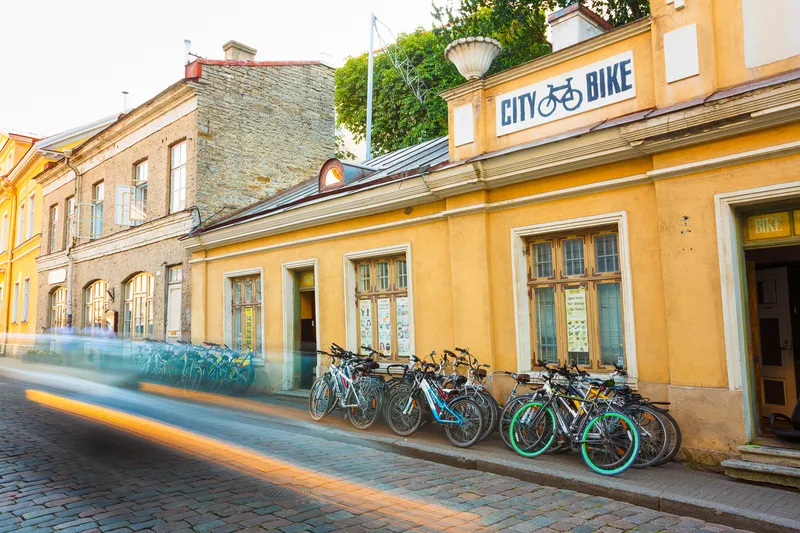Procurement has begun on a US$305 million programme for a bus rapid transit (BRT) network in the Greater Bristol area of England, with construction anticipated to be underway by 2014. The network, which will connect commuter areas of North Somerset and South Gloucestershire, will offer a much improved public transport service to the Greater Bristol area. The three schemes that make up the BRT network are at different stages of design prior to build, providing a number of opportunities for contractors. West
July 9, 2012
Read time: 2 mins
Procurement has begun on a US$305 million programme for a bus rapid transit (BRT) network in the Greater Bristol area of England, with construction anticipated to be underway by 2014.
The network, which will connect commuter areas of North Somerset and South Gloucestershire, will offer a much improved public transport service to the Greater Bristol area. The three schemes that make up the BRT network are at different stages of design prior to build, providing a number of opportunities for contractors. West of England has developed a joint procurement strategy with the help of UK engineering consultants WSP to ensure procurement and operational activities are joined up across all the local authorities involved.
The procurement routes include seven design and build contracts covering the guided busway and key structures, as well as an overall design and build for the South Bristol Link. All tenders and notices for North Fringe to Hengrove Package and the Ashton Vale to Temple Meads route will be made available on the Bristol City Council website. The Official Journal of the European Union (OJEU) notification for the seven design and build contracts is underway.
The network, which will connect commuter areas of North Somerset and South Gloucestershire, will offer a much improved public transport service to the Greater Bristol area. The three schemes that make up the BRT network are at different stages of design prior to build, providing a number of opportunities for contractors. West of England has developed a joint procurement strategy with the help of UK engineering consultants WSP to ensure procurement and operational activities are joined up across all the local authorities involved.
The procurement routes include seven design and build contracts covering the guided busway and key structures, as well as an overall design and build for the South Bristol Link. All tenders and notices for North Fringe to Hengrove Package and the Ashton Vale to Temple Meads route will be made available on the Bristol City Council website. The Official Journal of the European Union (OJEU) notification for the seven design and build contracts is underway.










